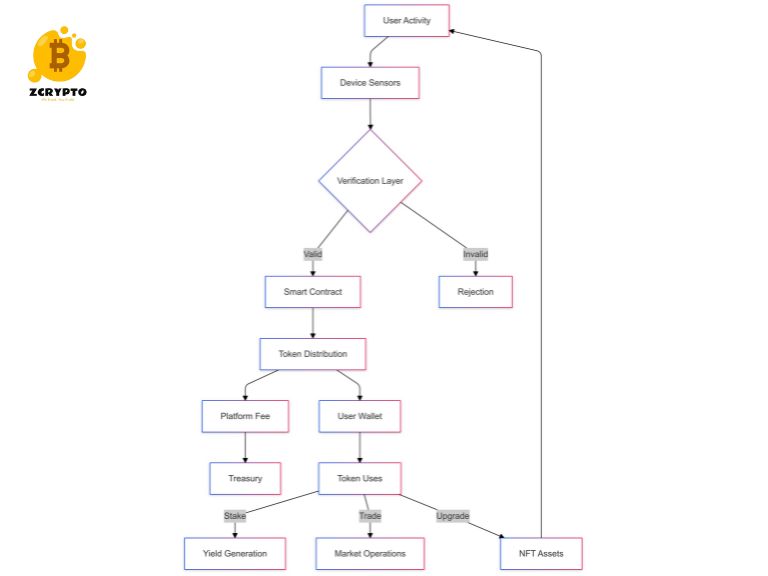Understanding Assets Under Management (AUM): A Key Metric for Investment Success
See more : Understanding Beneficiaries: A Comprehensive Guide to Inheritance and Financial Planning
In the world of finance and investment, few metrics are as crucial as Assets Under Management (AUM). AUM is more than just a number; it’s a snapshot of a financial institution’s size, influence, and potential for success. But what exactly is AUM, and why is it so important? Let’s dive into the details to understand how this metric can guide your investment decisions.
- How to Calculate Average Annual Growth Rate (AAGR): A Comprehensive Guide for Investors and Business Analysts
- Understanding the Bill of Lading: A Comprehensive Guide to Shipping, Finance, and International Trade
- XRP/USD Market Analysis: Price Stability at $2.28 Amid Major Institutional Developments – January 10, 2025
- Unlocking Cash Flow from Investing Activities: A Guide to Understanding Investment Strategies and Financial Health
- How the Central Limit Theorem (CLT) Revolutionizes Finance, Business, and Investment Strategies
What Are Assets Under Management (AUM)?
Assets Under Management (AUM) is the total market value of the investments managed by a person or entity on behalf of clients. This includes a wide range of assets such as stocks, bonds, mutual funds, ETFs (Exchange-Traded Funds), and cash equivalents. The calculation of AUM can vary slightly depending on the institution, with some including bank deposits and discretionary funds in their totals.
For example, if a financial advisor manages $100 million in stocks, $50 million in bonds, and $20 million in mutual funds for their clients, the total AUM would be $170 million. This figure gives a clear picture of the scale of operations and the trust placed in the manager by their clients.
Calculating AUM
Calculating AUM involves aggregating the total market value of all assets managed by an institution. This process is straightforward but can be influenced by several factors. Investor inflows and outflows, asset performance, and market conditions all play a role in fluctuating AUM figures.
For instance, if a fund experiences significant investor inflows due to strong performance, its AUM will increase. Conversely, if there are substantial outflows or if the market declines, the AUM will decrease. Understanding these dynamics is crucial for both investors and financial managers.
What Does AUM Tell Potential Investors?
AUM serves as an indicator of a fund’s size and liquidity. A higher AUM often means higher trading volumes, making it easier to buy and sell assets without significantly impacting their prices. This liquidity can be particularly attractive to investors who value flexibility.
Moreover, AUM can reflect the management performance and experience of a financial institution. A large AUM suggests that many clients trust the institution with their investments, which can be a testament to its competence and track record.
Benefits of a Fund With a Large AUM
Funds with large AUMs offer several advantages. One key benefit is the ability to meet redemption pressure more easily due to sufficient holdings. Additionally, larger funds often have lower expense ratios for investors because fixed costs are spread across more assets.
However, there are potential drawbacks. Funds with very large AUMs may face capacity constraints, where managing too many assets becomes challenging and could lead to reduced investment performance. This is because oversized portfolios can be difficult to manage efficiently.
AUM and Fees
AUM is also used to calculate management fees, typically as a percentage of the total AUM. For example, if a fund manager charges a 1% fee on $1 billion in AUM, they would earn $10 million in fees annually. While higher AUM can lead to higher fees for the management firm, it does not always translate to better investment performance for the clients.
You are viewing: Understanding Assets Under Management (AUM): A Key Metric for Investment Success
Comparative Statistics and Examples
To put AUM into perspective, consider some of the largest financial institutions in the world. As of recent data, Vanguard manages over $9.3 trillion in assets, while Blackrock manages over $10.6 trillion. These figures are staggering and highlight the immense scale of operations these institutions handle.
Comparing different types of funds also illustrates the diversity in AUM. For instance, the SPDR S&P 500 ETF Trust has an AUM of around $560.6 billion, making it one of the largest ETFs globally.
Net Asset Value (NAV) vs. AUM
It’s important to distinguish between Net Asset Value (NAV) and AUM. NAV is the total value of assets minus liabilities, often shown on a per-share basis for mutual funds and ETFs. In contrast, AUM refers specifically to the total value of assets managed without considering liabilities.
For example, if a mutual fund has $100 million in assets and $5 million in liabilities, its NAV would be $95 million per share (assuming 1 million shares). However, its AUM would still be $100 million because it reflects only the managed assets.
Additional Considerations
Finally, it’s worth noting some additional trends and considerations. Frequent inflows and outflows can significantly impact fund management, sometimes leading to volatility that managers must mitigate. Some funds use lock-up periods or even close to new investors to manage this volatility effectively.
Understanding these nuances can help you make more informed decisions and navigate the complex world of investments with greater confidence.
Source: https://summacumlaude.site
Category: Blog







